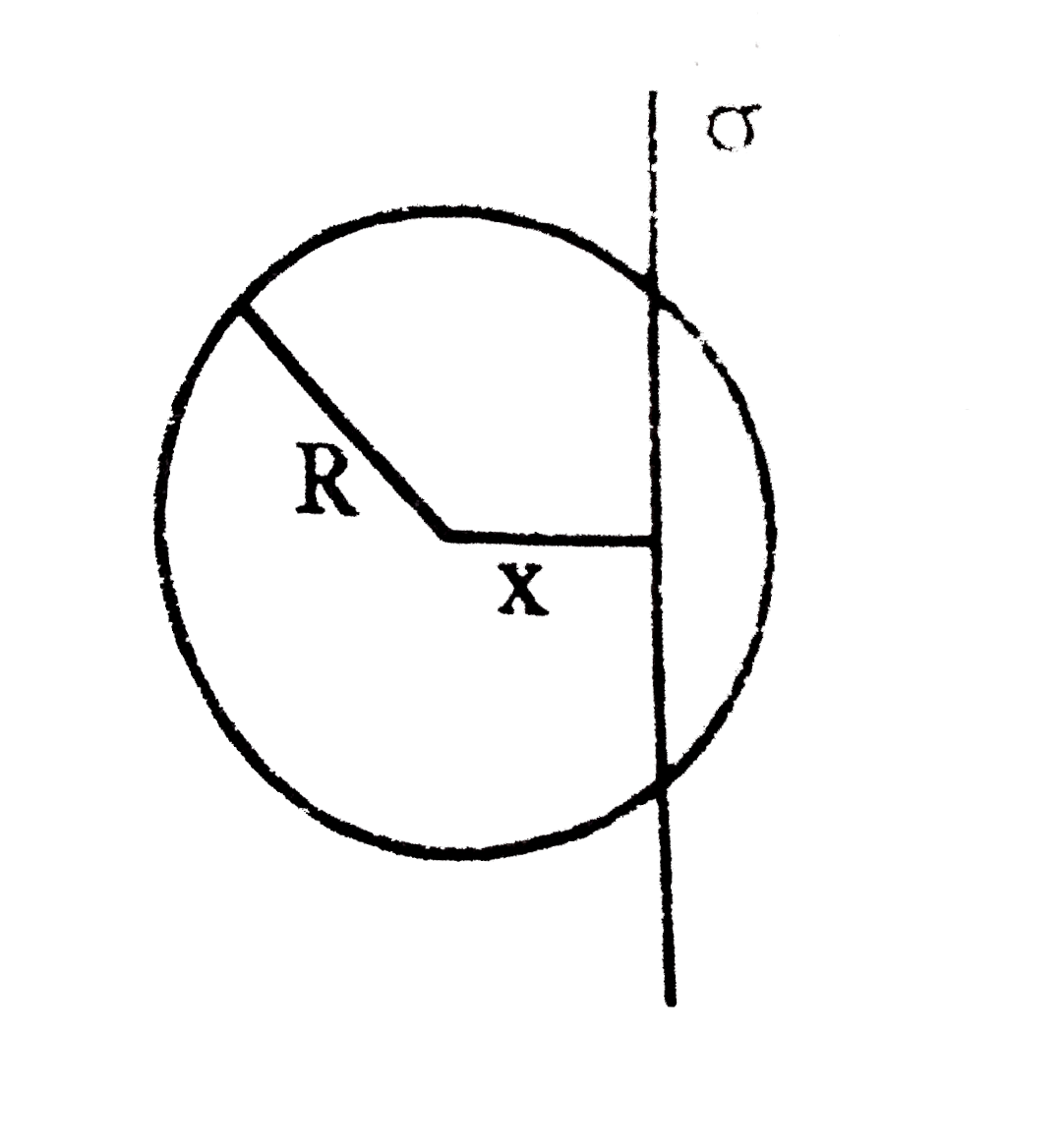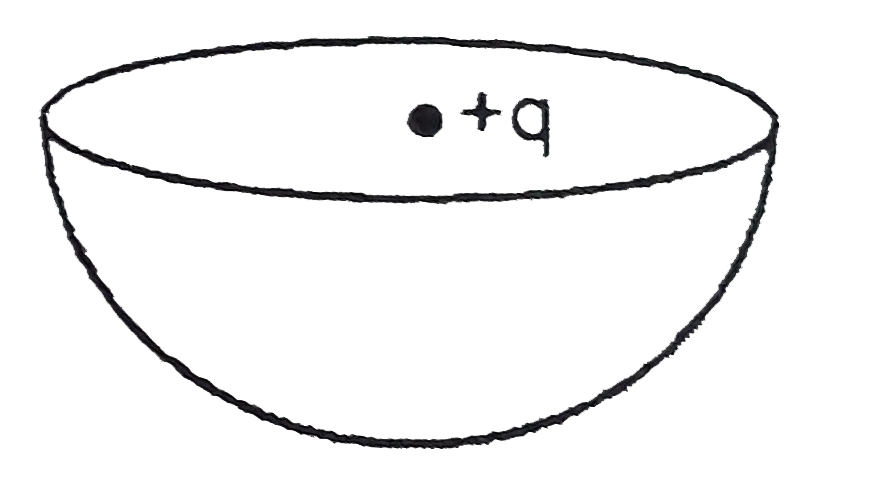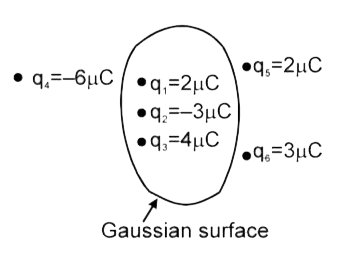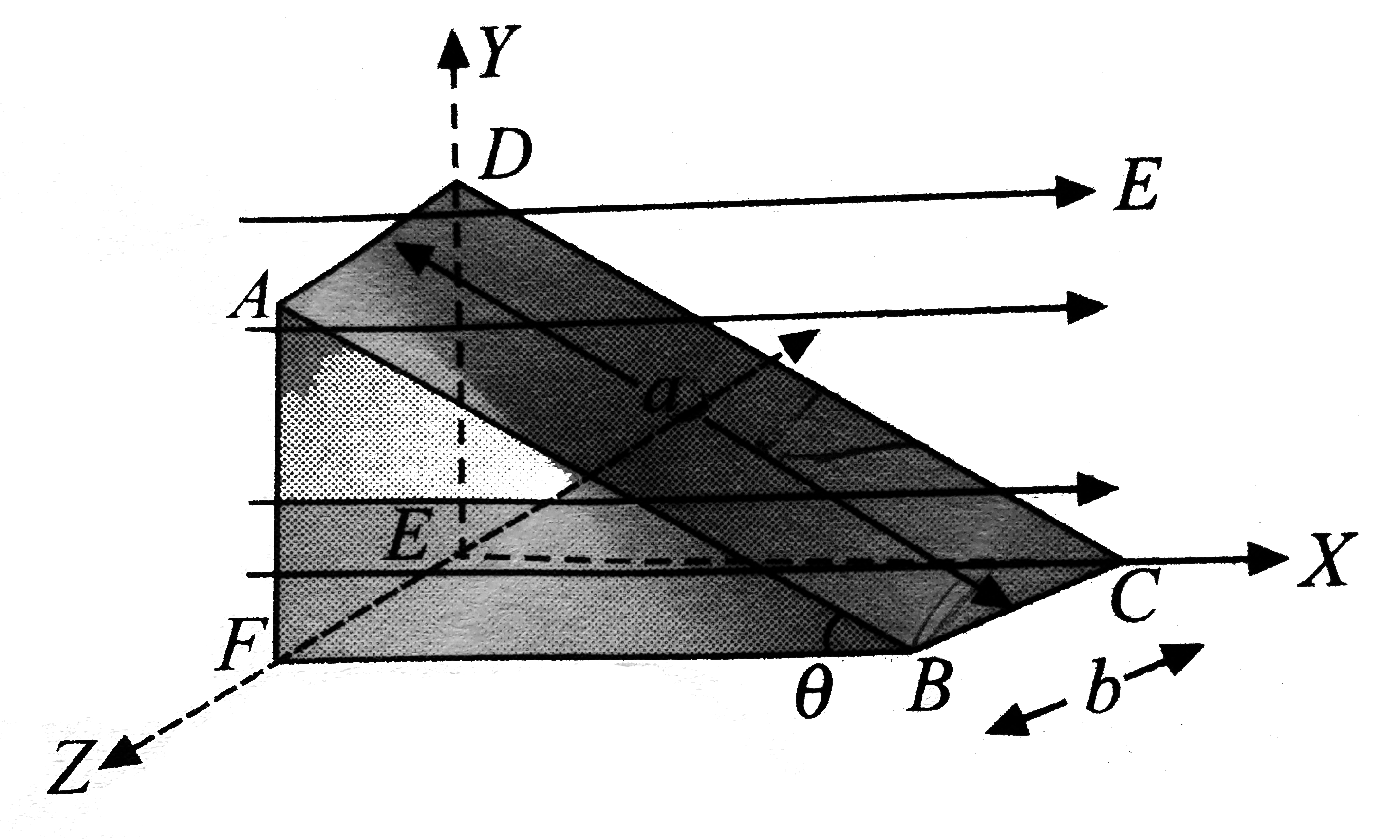Find out flux through the given Gaussian surface.

Video Solution
Text Solution
|
Updated on:21/07/2023
Topper's Solved these Questions
- BOOK - RESONANCECHAPTER - ELECTROSTATICSEXERCISE - Problems22videos
ELECTROSTATICS
- BOOK - RESONANCECHAPTER - ELECTROSTATICSEXERCISE - Exercise-1 Section (A)9videos
ELECTROSTATICS
- BOOK - RESONANCECHAPTER - ELECTROMAGNETIC INDUCTIONEXERCISE - A.l.P19videos
ELECTROMAGNETIC INDUCTION
- BOOK - RESONANCECHAPTER - EXPERIMENTAL PHYSICSEXERCISE - PART -II10videos
EXPERIMENTAL PHYSICS
Similar Questions
Knowledge Check
- Question 1 - Select One
An infinite, uniformly charged sheet with surface charge density σ cuts through a spherical Gaussian surfance of radius R at a distance X from its center, as shown in the figure. The electric flux Φ through the Gaussian surfce is .
 AπR2σɛ0Bπ(R−x)2σɛ0Cπ(R−x)2σɛ0Dπ(R2−x2)σɛ0
AπR2σɛ0Bπ(R−x)2σɛ0Cπ(R−x)2σɛ0Dπ(R2−x2)σɛ0 - Question 2 - Select One
In the situatiioni when the Gaussian surface is so chosen that there are some charges inside and some outside, then regarding the electric field at any point and the electric flux through the Gaussaina surface, which of the following is correct?
AThe field is due to the outside charges and flux depends on the inside chargesBThe field is due to all the charges and flux depends on the inside chargesCThe field is due to all the charges and flux depends on the outside chargesDThe field is due to the inside charges and flux depends on the outside charges - Question 3 - Select One or More
The electric flux through a closed Gaussian surface depends upon
Anet charge enclosed and permittivity of the medium.Bnet charge enclosed, permittivity of the medium and the size of the Gaussian surface.Cet charge enclosed only.Dpermittivity of the medium only.
A point charge +q is placed at the centre of curvature of a hemisphere. Find flux through the hemispherical surface.
 View Solution
View SolutionFind flux through the hemispherical surface
 View Solution
View SolutionFind flux through the hemispherical surface
 View Solution
View SolutionCan charge lie on a Gaussian surface?
View SolutionS1: When a positively charged particle is released in an electric field , in its subsequent motion,it may or may not move along the electric field line passing through the point it has been released.
S2: In electrostatic, conductors are always equipotential surfaces.
S3: The flux through a closed Gaussian surface is non-zero. The electric field at some point on the Gaussian surface may be zero.View Solution



